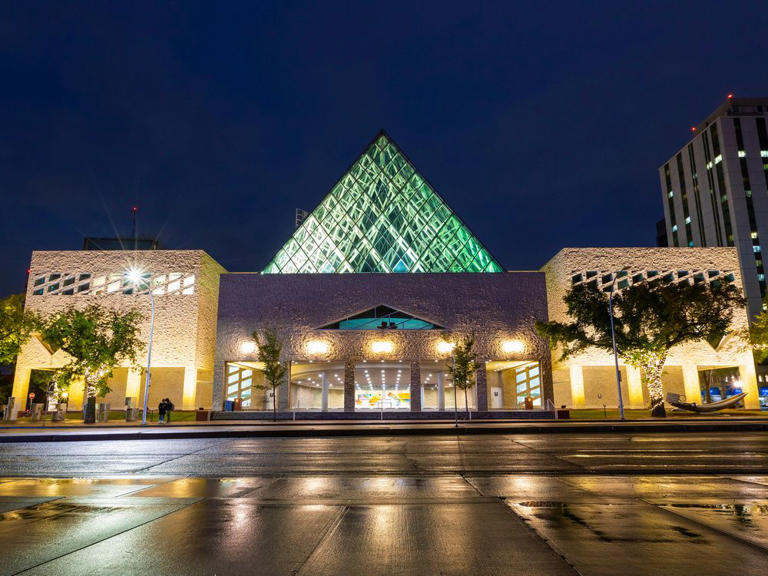Maria Azzurra Volpe - Yesterday
The internet has praised a worker who rejected a pay rise after finding a new job that pays twice as much and offers better benefits.
In a post on Reddit, a user called ApprehensiveDoggo explained that they had worked for their employer for more than three years in a sales role. Even though they had made more than $11 million in sales since the start of the year, their salary was just $55,000.

"I got a job offer with a competitor, and with salary, commission and bonuses it works out to over 100k. I handed in my resignation and he had the audacity to call the CEO where within 10 minutes they offered me a 70k base, with a 30k bonus," the employee wrote.
Just one month earlier, ApprehensiveDoggo had asked for a pay rise and been told they weren't eligible for one.
The Pew Research Center has found that the top reasons for Americans to quit a job in 2021 were low pay (63 percent), a lack of opportunity for advancement (63 percent) and feeling disrespected at work (57 percent).
About one in five of the 6,000-plus adults surveyed, 19 percent, said they had left a job in 2021 by choice, rather than because they were fired, laid off or because a temporary post had ended.
ApprehensiveDoggo added: "The best part? They were SHOCKED that I still refused. I said if you were paying me what I was worth from the start, we wouldn't be having this conversation in the first place. Know your worth people!"
Their post, published in the Antiwork forum where people discuss their jobs with impartial strangers, has already been upvoted more than 25,300 times.
ApprehensiveDoggo told Newsweek: "Truthfully, it was the blatant disrespect. I was denied a raise just a month prior. If they were able to almost double my annual income within a 10-minute phone call, it's evident how much they had been underpaying me.
"Companies seem to have a bigger hiring budget than they do for employee retention and it's a huge reason why so many people job hop these days as it's the only way to get a leg up."
That matched the experience described by another Redditor, DankChunkyButtAgain, who wrote: "I had a friend who was a [computer engineering] major, and good at it too. Worked at a German auto company making 55-60k a year. Kept asking for a raise, and management was always 'working on it'. Finally got fed up and started applying for other jobs, got an offer for 120k.
"Puts in his resignation and suddenly your raise to 80k was just approved! He had to explain: A. He doesn't care anymore, he's already accepted the other offer, and B. Their raise is still 40k short of his current starting salary."
ChubbyNemo1004 recalled that in one previous job, they had asked themselves what it would take for them to stay "and came up with outlandish hypotheticals."
They added: "Then I realized it wasn't about the money. I was gone when my contract was up anyway. I would've taken less to leave that place. Sometimes the disrespect shown by people you trust is outrageous."
Another user, MajesticPension3475, pointed out: "Kind of pointless for them to only make the offer AFTER you got the other offer. They should have valued you enough to pay you what you are worth."
Scoredly11 said: "That's where we get into the true f***ed up nature of the job world. You're only worth what another company will take you away for. Every company that I've worked for only pays me the lowest amount that they can get away with."
Beerg33k suggested that ApprehensiveDoggo share his experiences with colleagues: "Now go tell your team what you were offered and what counter offer was. They aren't just screwing you over."
They added: "Then I realized it wasn't about the money. I was gone when my contract was up anyway. I would've taken less to leave that place. Sometimes the disrespect shown by people you trust is outrageous."
Another user, MajesticPension3475, pointed out: "Kind of pointless for them to only make the offer AFTER you got the other offer. They should have valued you enough to pay you what you are worth."
Scoredly11 said: "That's where we get into the true f***ed up nature of the job world. You're only worth what another company will take you away for. Every company that I've worked for only pays me the lowest amount that they can get away with."
Beerg33k suggested that ApprehensiveDoggo share his experiences with colleagues: "Now go tell your team what you were offered and what counter offer was. They aren't just screwing you over."


















